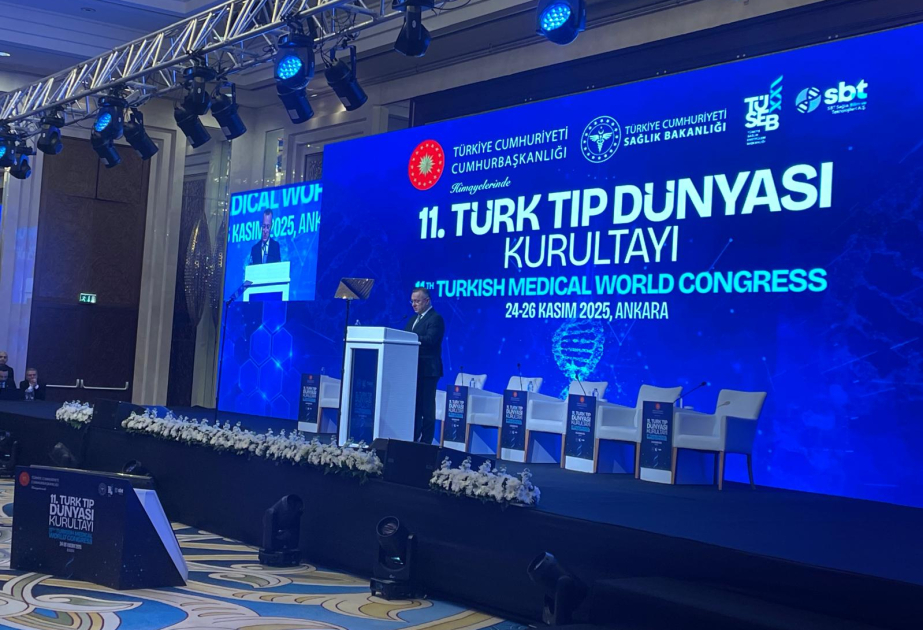A major international study has provided the most comprehensive evidence to date on treatments for neuropathic pain—defined as pain caused by disease of the nervous system, affecting up to 10% of the population worldwide, according to Medical Xpress.
Doctoral researcher at the Center for Pain IMPACT, NeuRA, and the School of Health Sciences UNSW, Michael Ferraro, worked on the study by the International Association for the Study of Pain Neuropathic Pain Special Interest Group.
"In Australia, up to 1 in 10 people live with neuropathic pain—these conditions, such as diabetic peripheral neuropathy, postherpetic neuralgia and chemotherapy-induced nerve pain—severely impact quality of life and have a substantial social and economic burden," Ferraro said.
"There is an unmet need for effective and safe treatments for neuropathic pain. Our research looked at the evidence for all drugs and nerve stimulation treatments, considering effectiveness, safety, cost, accessibility, and patient perspectives."
Published in the The Lancet Neurology, the systematic review and meta-analysis included data from 313 randomized controlled trials involving nearly 50,000 adult participants. The review evaluated both drug and nerve stimulation treatments and offers updated, evidence-based recommendations to guide effective management of neuropathic pain.
The research report made recommendations for first-, second- and third-line treatments.
"Three medication classes were recommended for first line use," Ferraro said. "These were alpha-2 delta ligands (e.g., pregabalin, gabapentin), serotonin and norepinephrine reuptake inhibitors (e.g., duloxetine), and tricyclic antidepressants (e.g., amitriptyline). Importantly, these medicines have only modest benefits and require careful patient screening and close monitoring."
"We also established capsaicin and lidocaine patches and capsaicin cream as second-line therapies despite small effects on pain—they are safe and tolerable, and suitable for use in older adults or patients taking multiple medications."
The updated guideline provided, for the first time, recommendations for use of a noninvasive brain stimulation device, repetitive transcranial magnetic stimulation, in selected patients.
For some treatments, evidence was inconclusive, whereas recommendations were made against others.
"We did not find sufficient evidence to recommend for or against use of several treatments including selective serotonin reuptake inhibitors (e.g., escitalopram), NMDA receptor antagonists (e.g., ketamine), and implanted spinal cord stimulation," Ferraro said.
"We recommended against use of cannabis-based products as they were found to be ineffective."
"Neuropathic pain affects people differently, so the guideline supports the provision of high-quality patient-centered care, that considers needs, values and preferences," Ferraro said.
"Treatment choices depend on potential effectiveness, safety, accessibility, comorbidities, and use of other medicines."
The International Association for the Study of Pain Neuropathic Pain Special Interest Group first published its guidelines in 2007, with the last update published in 2015. Ferraro said future revisions may include a focus on other non-drug, non-surgical interventions.
"High-quality evidence on treatment of neuropathic pain with non-drug treatments, such as exercise, is lacking, and should be prioritized for future research," he said.
The recommendations are intended for use by a broad range of health care professionals, including physicians in specialist and primary care settings.
















.png)



